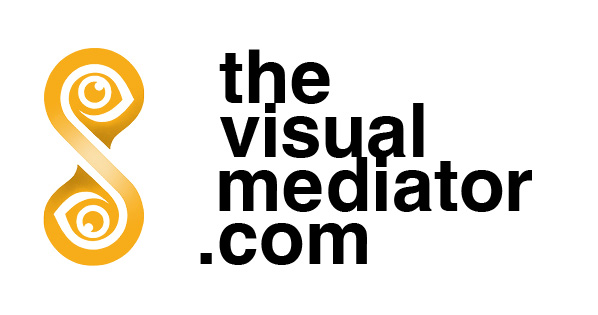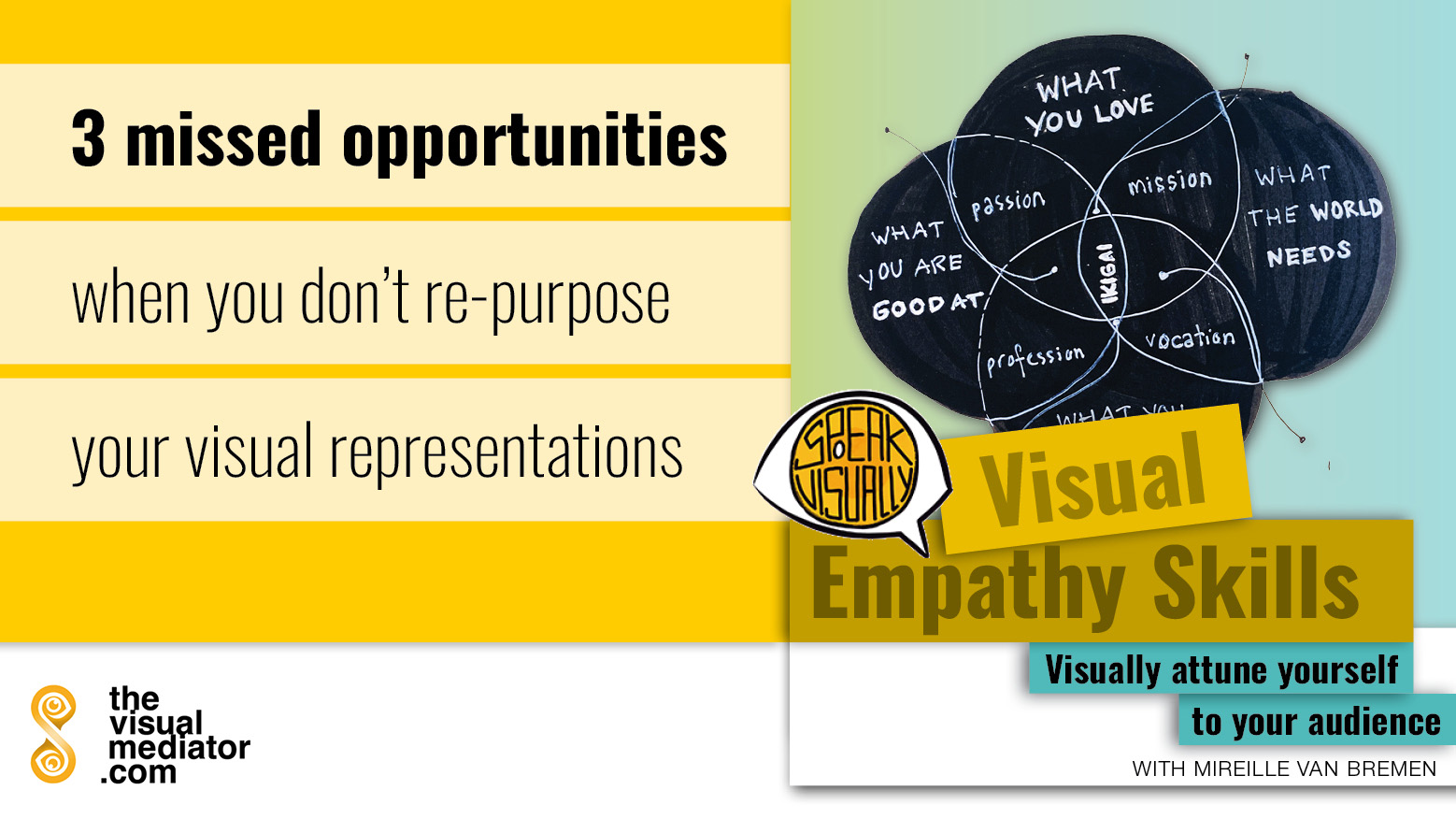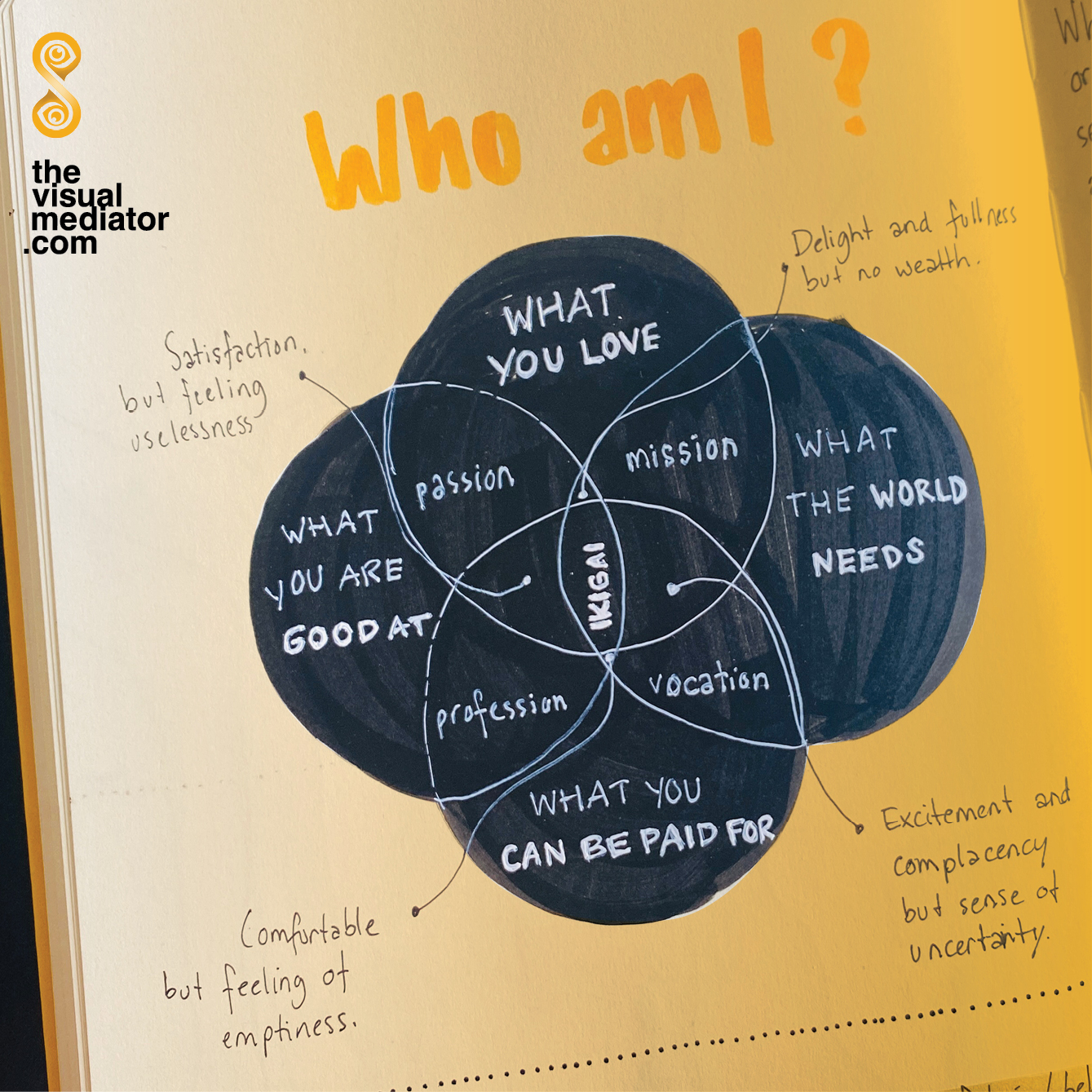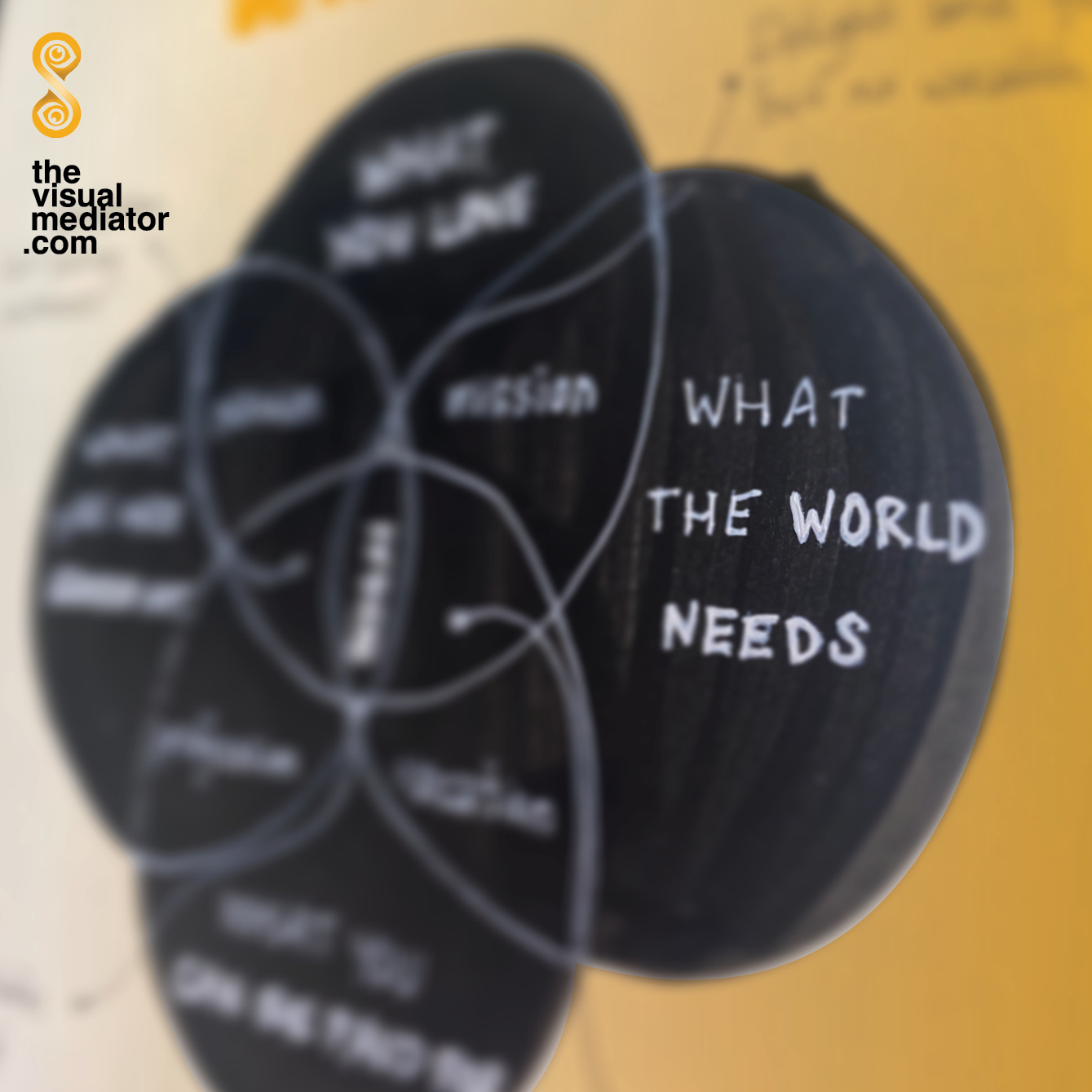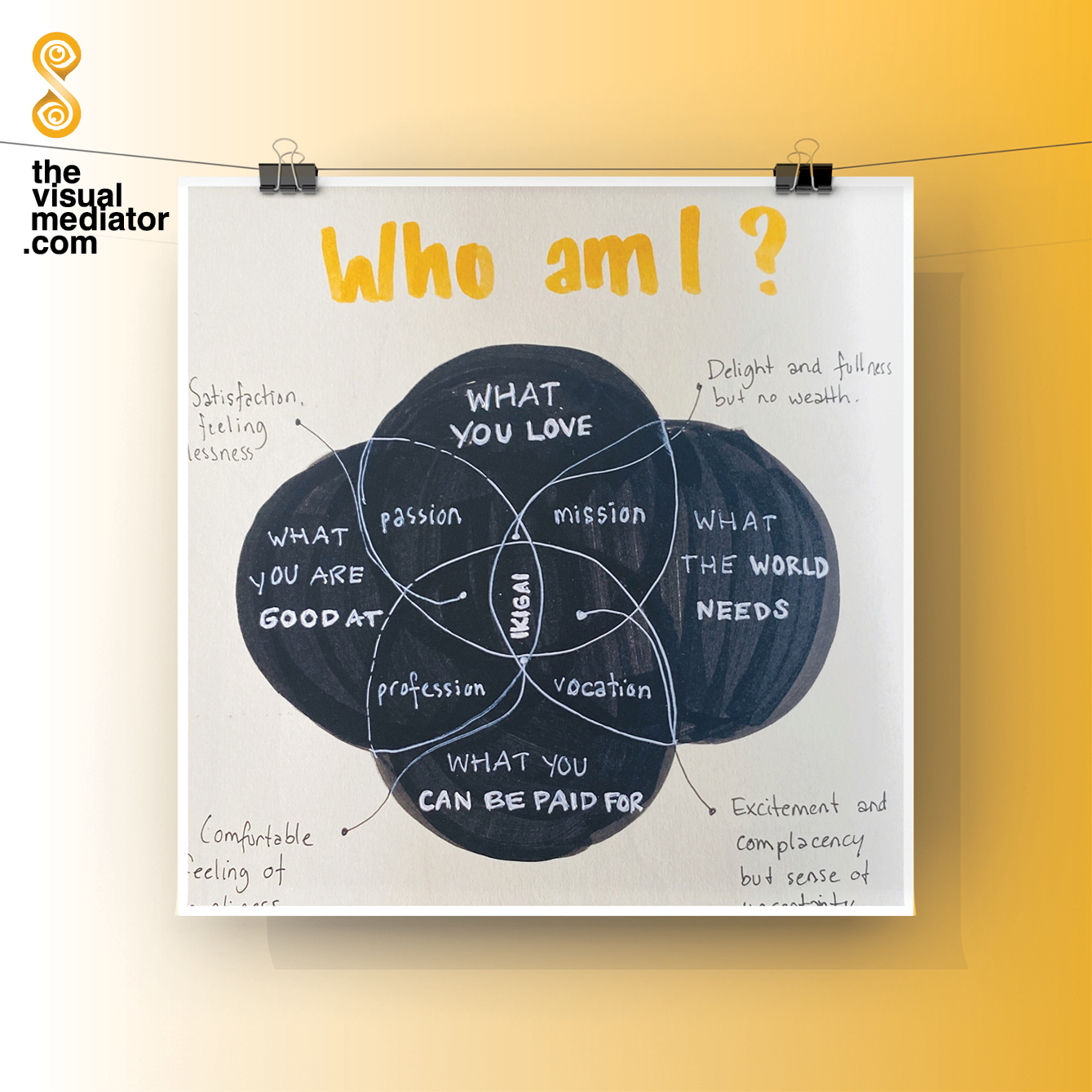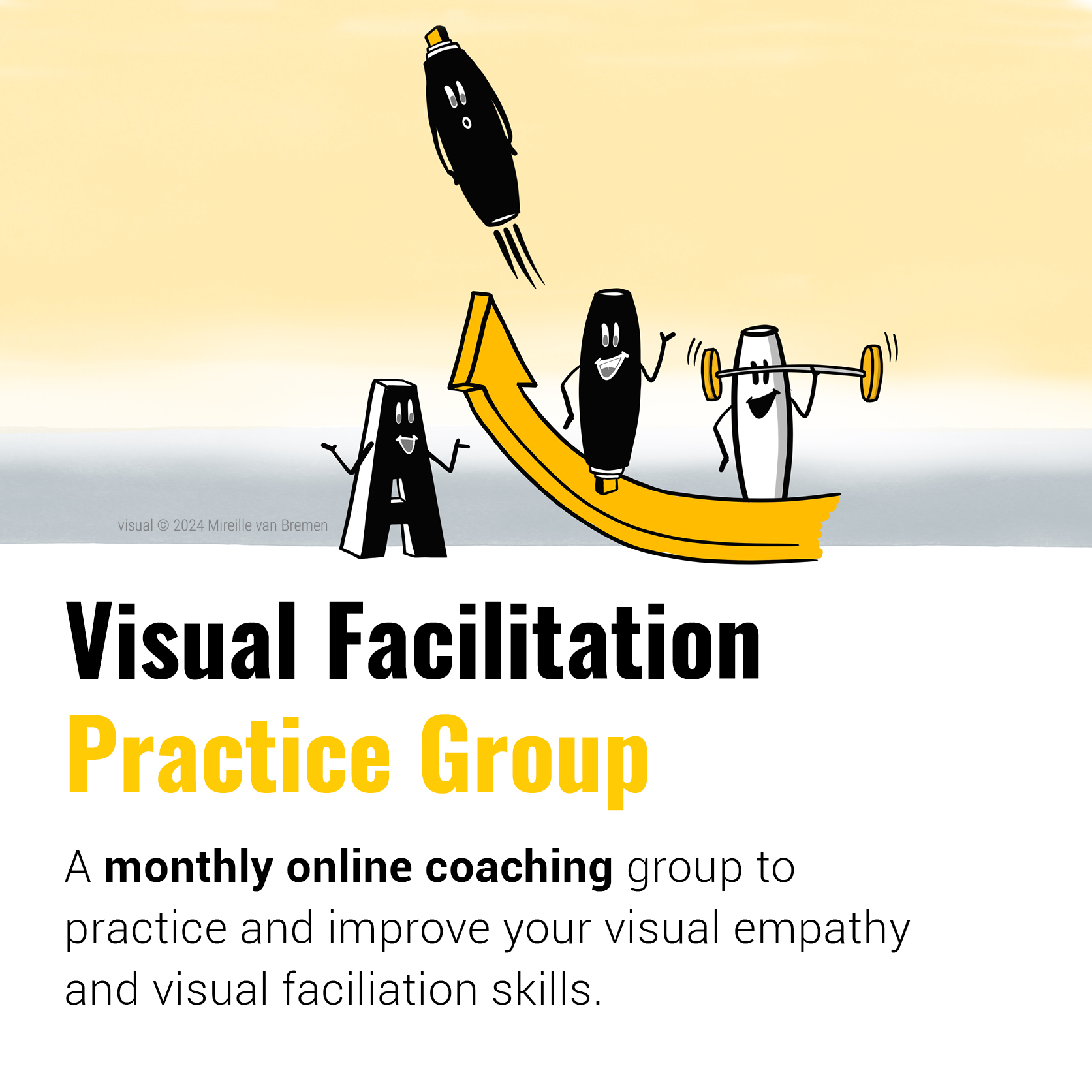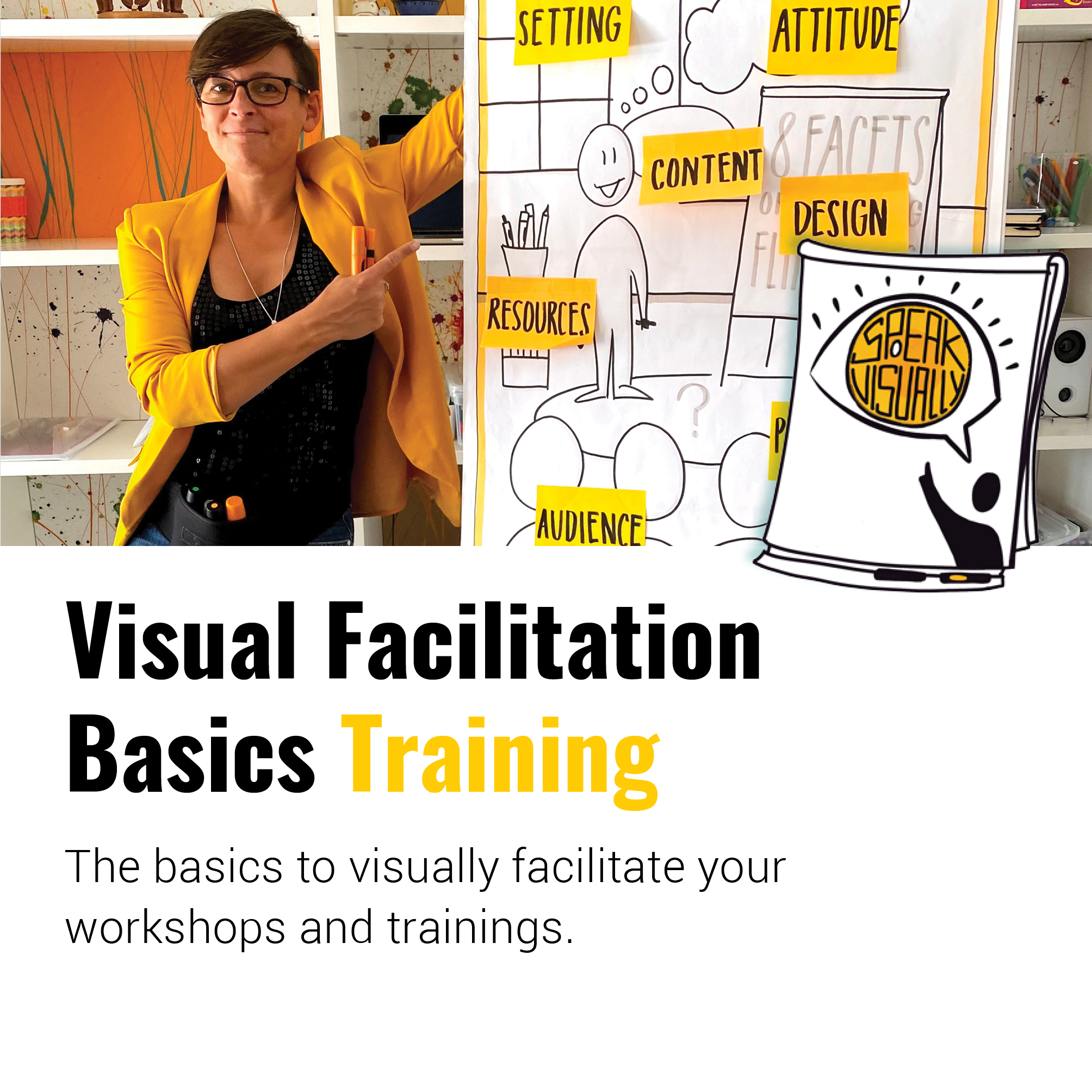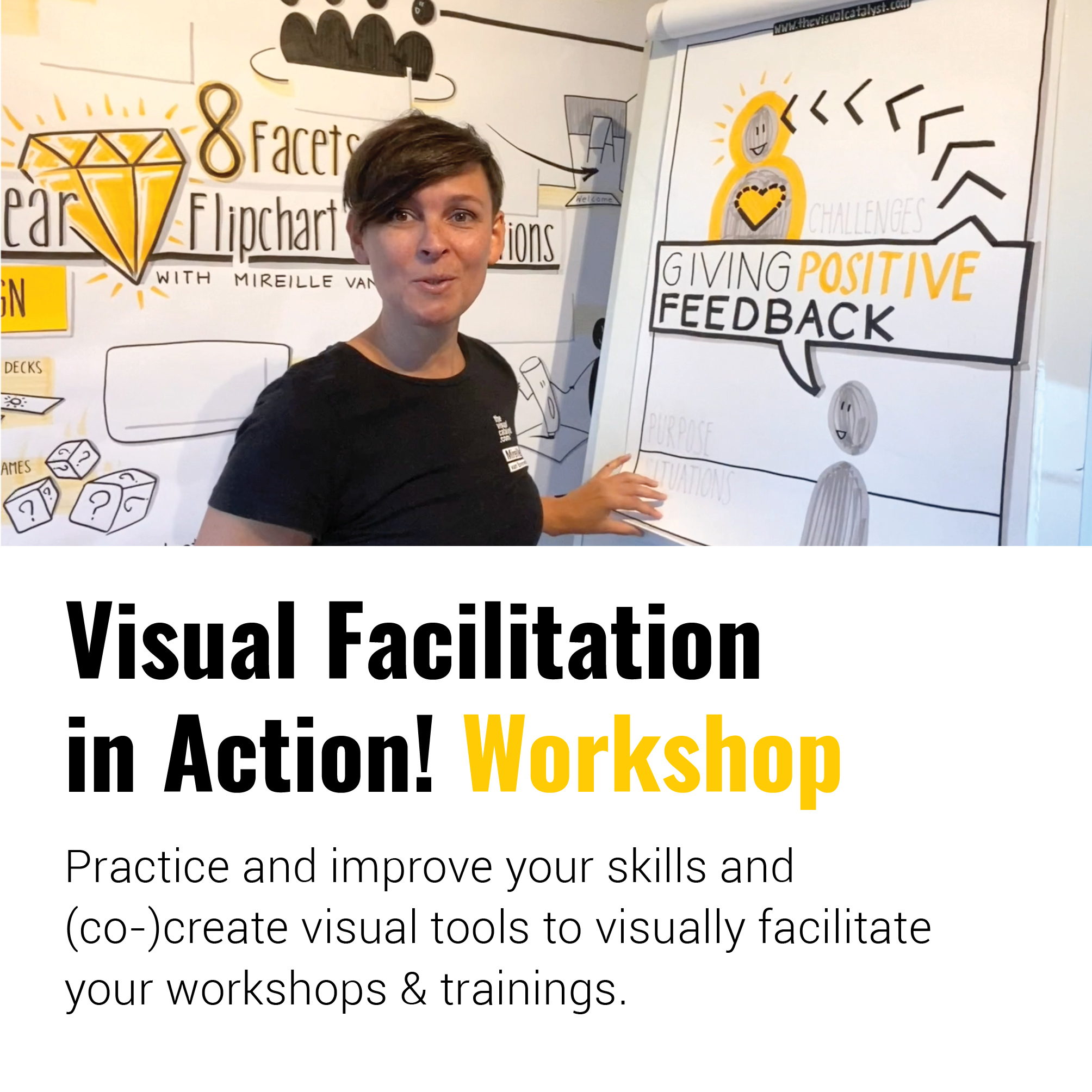Last week I attended a masterclass in which the trainers used many verbal visual metaphors to illustrate a model or process in words. Using verbal visual metaphors can be a very effective way to help the audience see a mental representation. Yet, when new people join, we must explain the visual metaphor sometimes again. Especially when there is a lot of meaning or the metaphor represents a model, process or flow chart, creating a visual representation of the mental visual metaphor, makes a lot of sense.
In particular the visual thinkers and learners, non-native speakers and those with learning additional learning needs in your audience, will appreciate being able to see a visual representation. But to understand, learn and integrate faster and more accurate, everyone will experience the benefits.
If you think, well, I use visuals in my work, then I’d encourage you to keep reading, because a visual representation isn’t just a visual or a detailed drawing. Visual representations:
- Account the order of speech and/or reading directing that is crucial for the meaning or understanding of the content.
- Can show relations between elements
- Can reveal information about importance, timeline, proportion, measure, […]
- Empower our verbal communication
- Can be recalled quicker than words
It is likely you already use visual representations in your work, but aren’t quite maximising the benefits they can offer to you and your audience. Here are 3 missed opportunities when you don’t re-purpose your visual representations.
MISSED OPPORTUNITY #1
You don’t want to use the hand drawn visual representation in your digital presentation.
You finally made a visual representation of your model, process or flow chart, and are now using it on flipcharts and in small paper forms when you work in person with your audience. But in no way do you see yourself using this hand drawn image in your digital presentation because your feel unsatisfied with how your hand drawn work fits with the design of your slides. Because it takes more time than you wish to rebuild a digital version for your slides, you’ve put it aside. What if I tell you, that investing that bit of extra time will pay off?
TIP >>> After you’ve rebuild the hand drawn version in into a digital visual representation in Powerpoint, Canva, Procreate, or whichever program you use, export it is a *.png file. You can now use it (or pieces of it > read the next paragraph!) in all your other digital media, such as ebooks, social media posts, handouts, website, etc.
MISSED OPPORTUNITY #2
You don’t use your visual representation in your marketing.
Talking about the model, process, flow chart, infographics and learning maps you developed or use, is both inspiring as insightful. That extra bit of visual support, empowers your words and makes your message easier for your audience to follow and remember. That doesn’t mean you must always publicly share the valuable visual representation you developed. But not re-purposing it at all, is a missed opportunity to get the attention of your audience and invite them into engagement.
TIP 1 >> If you don’t want to share the whole visual representation, then create an image (or take a photo) and blur out parts of it.
TIP 2 >> If you do want to share all the content, instead of revealing the whole presentation at once, think of using TIP 1 and repeat this for all the different parts of your representation. This way you create images for multiple social media posts, creating momentum for a longer period of time.
MISSED OPPORTUNITY #3
You don’t use your visual representation often enough.
“I’ve already shown it so many times,” you might think. But you are the expert, remember. What you talk about is what you have perhaps developed because you live it, use it and can spell it out to the last detail. Your audience on the other hand, is often just getting to know about the topic or is still integrating all the details you are talking about.
TIP 1 >> Print it out, hang it on the wall, or create a flipchart or poster, whatever medium works in the way you facilitate the conversation, but give people an opportunity to fully integrate what you want them to remember.
Are you saying, ‘I don’t even know how to go about making a visual representation of my model or process!’, then I invite you to join my training Visual Facilitation Basics Training.
In this training you develop your visual empathy and facilitation skills with which you empower your communication in your meeting, conversation, presentation, coaching session and training program. As a result, your audience remembers what you communicate and your impact increases!
You also learn:
- How to visually attune to your audience so your representations are relevant, attractive and understandable
- How to visually translate your verbal message into a visual representation that makes sense to your audience.
- How to bring more play, humor and lightness into the (virtual) room
- How to make your training and workshops more interactive
- And you start creating a visual library with relevant visuals, visual metaphors, flipcharts, models, processes, […] for your topics & audience(s).
Do you want your communication to be effective and easy to understand?
In my Visual Facilitation Basics Training, you develop your visual empathy skills with which you empower your communication in your meeting, conversation, presentation, coaching session and training program. As a result, your audience remembers what you communicate and your impact increases!

My name is MIREILLE VAN BREMEN
I value transparency, fairness, peace and wellbeing, and I believe peaceful relationships are the result of how capable we are in listening and recognizing each other's potential and valuing each other's contribution. This why I create, design and offer products and programs that help us develop and use our visual and emotional intelligence to promote these values.
My education and years of experience in the fields of graphic design, illustration, visual facilitation, training, graphic recording, and Nonviolent Communication based coaching, training, and conflict resolution, form the basis of my work and collaborations.
As a Visual Mediator & Graphic Recorder, I work at conferences, seminars, workshops, in mediation sessions and in training settings, to help navigate complexity and (inner) conflict, so you can confidently (co-)create a peaceful path forward, within your relationships, business, team, department, organization.
